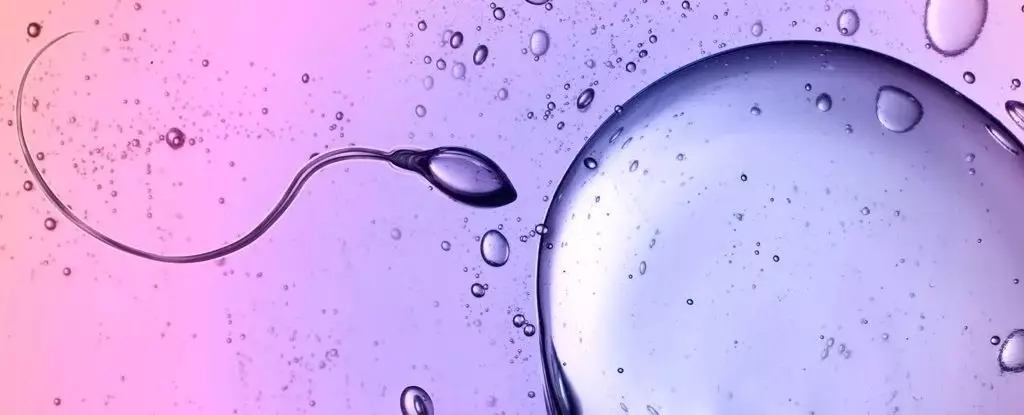In our ongoing quest to understand the natural world, certain biological phenomena astonish us by defying established physical laws. The recent study led by Kenta Ishimoto at Kyoto University serves as a striking example, demonstrating how human sperm navigate through viscous fluids with an ease that seems to challenge Newton’s third law of motion. Traditionally, we assume that every action has an equal and opposite reaction, a principle that has guided physics since Isaac Newton laid it down over three centuries ago. Yet, the movement of microscopic creatures like sperm presents a peculiar exception that illuminates the limitations of classical physics.
Why should we care? Because this isn’t just about the capricious movements of sperm; it showcases a more profound truth about the complexity of life at microscopic scales, and how our understanding of physics must evolve to align with biological realities. In an era where scientific knowledge often sits rigid and static, this research serves as a refreshing reminder of the ever-changing landscape of natural laws.
A Dance of Unseen Forces
Think about it: how can such delicate cells, propelled by their flagella, surge through thick, viscous environments that should rightly impede them? Ishimoto’s research reveals that sperm and similar motile agents engage in asymmetric interactions with their surroundings. This non-reciprocal dynamic operates outside the realm of equal force exchanges, allowing them to circumvent the very principles that govern heavier, larger objects. The study highlights a fascinating dance between these biological entities and the dense fluids they move through, a choreography surprisingly governed by a different set of rules.
While Newton’s laws provide a robust foundation for understanding larger-scale motion, this study catapults us into an understanding that physical laws may not hold uniformly across different scales. The realization that microscopic organisms can exist in a state far removed from equilibrium challenges our preconceptions of energy dynamics in fluid systems. It raises critical questions about how we define motion and energy efficiency in both biological and artificial systems.
Elasticity Redefined
One of the most intriguing discoveries from Ishimoto’s research is the phenomenon of ‘odd elasticity’. It turns out that the flagella of sperm and unicellular algae possess an elasticity that defies traditional definitions. Rather than succumbing to the viscous resistance that typically stymies movement in thick fluids, these organisms leverage their flexible appendages to glide through with remarkable efficiency. This odd elasticity plays a crucial role in energy retention, granting them fluid movement while resisting the energy-loss mechanisms that should immobilize them.
Additionally, the researchers introduce the term ‘odd elastic modulus’ to describe the mechanics of flagellar motion. This new perspective does nothing short of revolutionizing our understanding of how living systems can exhibit unique mechanical properties that allow them to thrive in hostile environments. Imagine applying these insights to the world of robotics; the potential for self-assembling machines that mimic biological movement is tantalizing.
Implications Beyond Biology
The ramifications of this groundbreaking research extend beyond the microscopic. They prompt us to consider the broader implications for technology, robotics, and our understanding of collective behavior in complex systems. The exploration of non-reciprocal interactions not only opens doors for new technologies but also challenges the very foundations of engineering principles we have long accepted as sacrosanct.
In an age where technological advancements seem to race ahead at an unprecedented rate, acknowledging and redefining the principles that underpin these advances will be crucial. The principle of mutual interactions does not just apply to sperm; it can extrapolate throughout various facets of nature and artificial systems, leading to innovations that reflect the dance of nature’s complexities.
We find ourselves at a crossroads where the lines between biology and engineering blur, urging scientists, engineers, and thinkers to embrace a more integrated perspective. The elegant motions of swimming sperm encapsulate the essence of life’s resilience and adaptability, reminding us of the intricate beauty present in the natural world, which we still have so much to learn about.


Leave a Reply